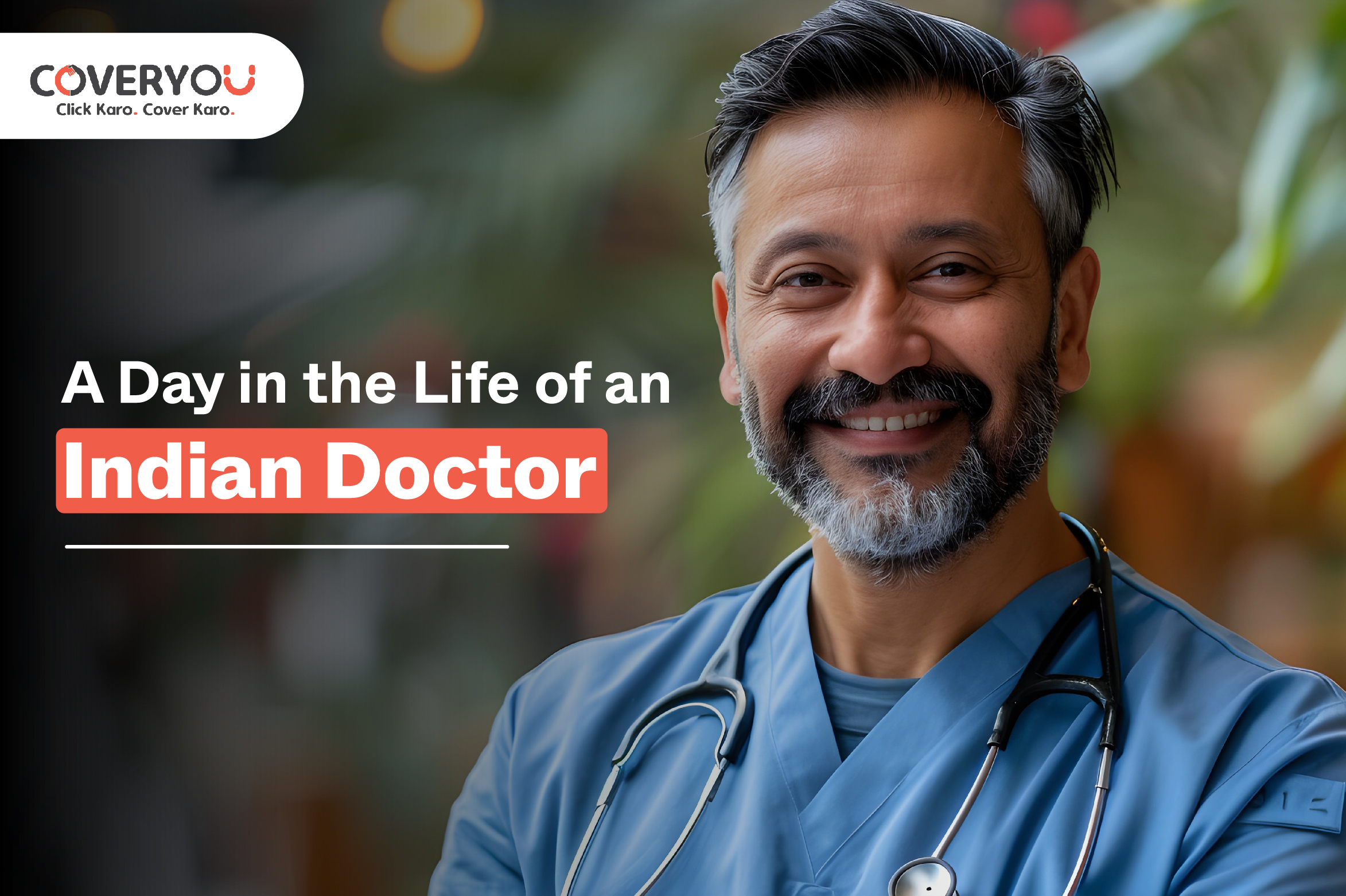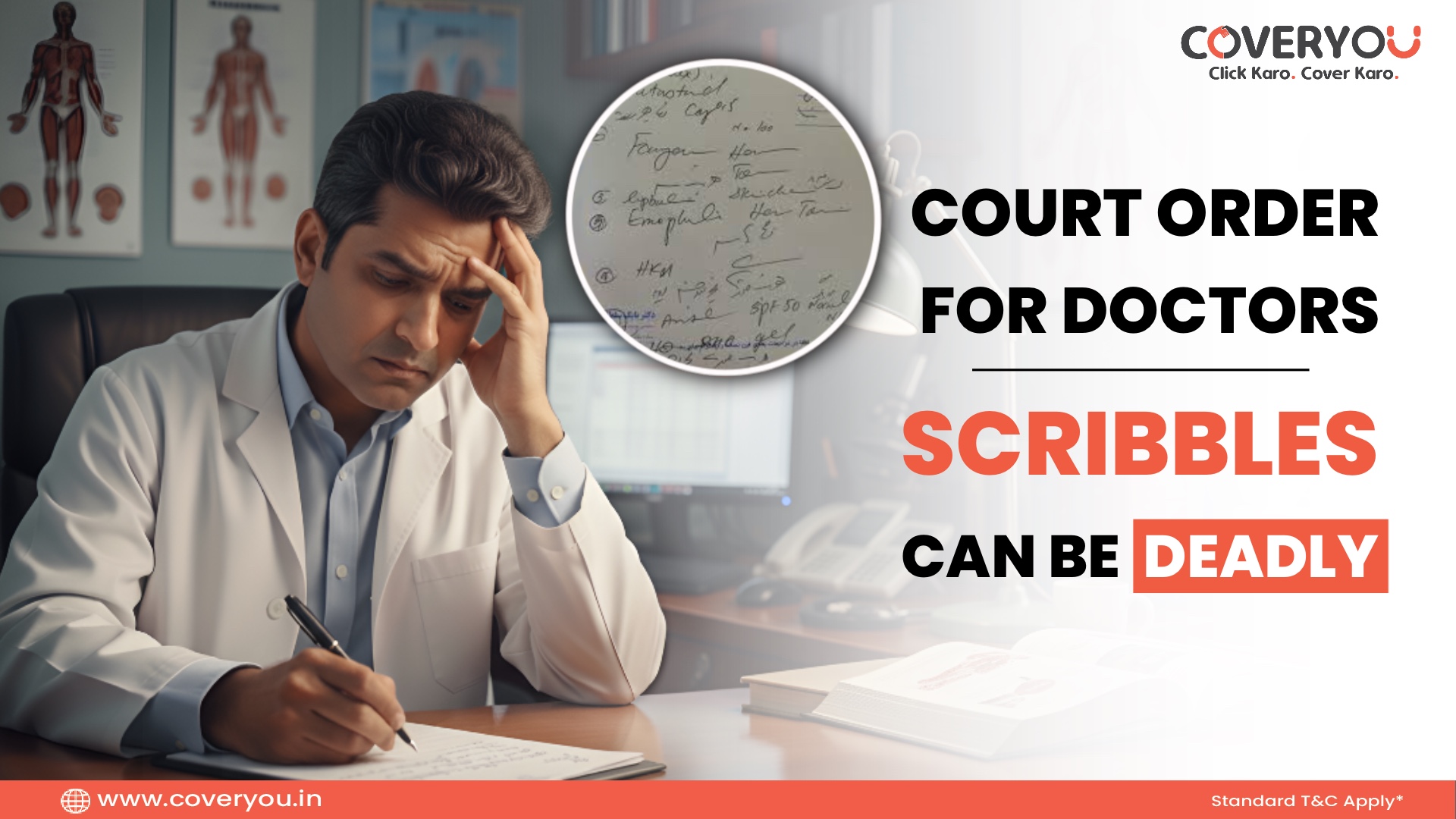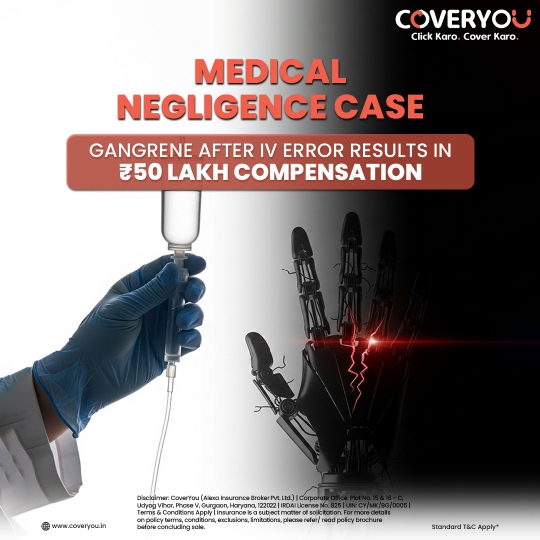Step into any hospital corridor at first light, and you’ll know it. The enormous stillness and seriousness of the field, the crime of preparation, and probably pride. Coats are pressed (they’re only getting presentable at the beginning of the day), stethoscopes are slowly but surely hanging around their neck in one form or another, and the focus and concentration on everyone’s faces are prevalent just before the rush. What you won’t see is the true cost of the composed silence. What it means and how rigorous it is to live as a doctor in India, not to live; to live a life that goes beyond your case files and consultations and all the other identifiable artifacts which seem to constitute your existence.
In a nation of over 1.3 million allopathic doctors, not only are we the workforce of healthcare, but we’re the subtle grave robbers of our own lives, too.
Numbers that Don’t Lie But Never Get Heard
Recently, the India Medical Association Pune (IMA) revealed that, on average, doctors in India live 8 to 10 years less than the average person. Let that phrase “Average, live” soak in. Whereas the average Indian expects to live for about 70 years, many doctors are
dying in their mid-to-late 50s, as if on cue: usually silently, and usually unexpectedly. Why?
It is not about the quality of medical treatment they receive…. the constant experience of chronic stress, lack of sleep, and the burdensome emotional labor that accompanies a career that seldom stops with the end of the hospital shift. Specifically, 76% of resident doctors skip meals during working hours. Over 60% report poor sleep quality, which is troubling to say the least. 1 in 3 demonstrate significant signs of depression according to published perinatal studies. Suicide, despite its underreporting, continues to hover over the profession. Behind every prescription sits a person struggling to simultaneously manage science and grief.
Inside the Shift-From Dawn to Burnout
A 32-year-old doctor resident in Mumbai starts her day before the sun rises. There’s no yoga; no breakfast ritual; just a triple espresso and rounds starting at 6:45 am. By 10:00 a.m., she has seen 22 patients, explained procedures to six families, and managed three emergencies. There’s no time to breathe, let alone to eat.
“There’s an expectation that you’re supposed to be superhuman, but you’re surviving on coffee and guilt,” she says. This isn’t the exception. This is the rhythm of an Indian doctor’s life. In urban hospitals, patient volumes can reach as high as 250 OPD visits a day. That’s less than 4 minutes per patient. How can you, in four minutes, diagnose, comfort, and prescribe a recovery?
When the White Coat Becomes a Prison
In contemporary society, the white coat has become a symbol of virtue and nobility. In the lives of many physicians, however, it becomes a cloak that camouflages pain. At home, the phone never stops buzzing with test results, requests for critical updates, and 2 a.m. calls from patients who are panicking and in distress. Theree is nowhere to turn it off, as the barrier between professional duty and personal sanity is a precarious balancing act.
Dr. Rajiv, a 45-year-old surgeon, says: “I have not had a good night’s sleep, or a complete eight hours of sleep, for six years. I had to, one day, sign a death certificate for someone who was my age, a terrible shock.” This is not some dramatic scene, but from the daily life of a physician. A 2023 study from AIIMS Delhi stated that longer hours of on-call time had increased emotional burnout in physicians and early signs of cardiovascular risk.
The Culture of Quiet Suffering
The world of medicine provides little space for taking care of our emotional selves.
Crying after a patient’s death? Weak.
Asking for time off for recovery after burnout? Often not looked on favorably.
Having therapy? Rarely normalized. Doctors are trained to repress. To get on. But the emotional residue accumulates and eventually breaks
A landmark study in the Lancet revealed that the worldwide incidence of burnout among physicians is increasing post-COVID, and that India is among the top five countries affected.” Yet, most doctors will not seek help. Because, in their world, vulnerability is still a luxury.
What Needs to Change and Fast
We have to step beyond. Doctors don’t need sitters thanking them for their hard work on things like a Thank You banner. Doctors need:
- Mental health supports woven into the hospital infrastructure
- Reasonable shift capping (24 hours maximum)
- Protected meal and rest time
- Counselling access that is confidential and without repercussions on the profession
Some private institutions have started to trial night float systems, rotational sabbaticals, on-call hour caps, and innovations that are standard in Western countries. These are not aspirational changes; these are necessary. Because healing the healers is not only the right thing to do, it is the smart thing to do. Health systems can only be as strong as the people in them!
Before You Say “Thank You, Doctor,” Again.
The next time you walk into a clinic and see a weary smile behind the mask, take stock. That doctor may have lost a patient that morning and two hours of sleep that night. That doctor may have skipped lunch to see you.
And they’re still standing there for you. The conversation must change from admiration of resilience to prevention of health. From silence to shared responsibility. Because medicine is not magic. They’re human. They practice medicine as human beings. Let’s do more than appreciate the coat. Let’s appreciate the human in the coat.
Read More: Who’s the Indian Doctor?

















